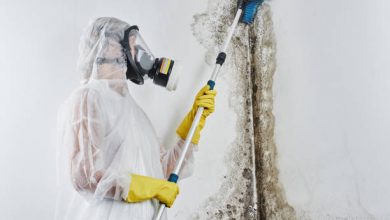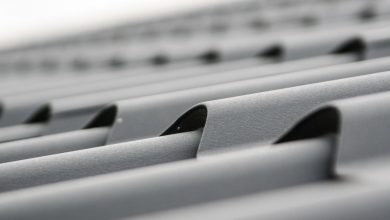A Deep Dive into Sewage Cleaning: The Technology and Techniques Used to Keep Our Water Safe

Sewage cleaning is a critical process that is often overlooked but plays a vital role in ensuring that our water is safe for consumption. In simple terms, sewage cleaning involves the removal of contaminants from wastewater, making it safe to return to the environment. This article will take a deep dive into the technology and techniques used in sewage cleaning and how they contribute to keeping our water safe.
Sewage Treatment Process
The sewage treatment process involves three stages: primary, secondary, and tertiary. The primary stage involves the removal of solids from wastewater, which is done through physical processes such as screening and settling. The secondary stage involves the removal of dissolved organic matter using biological processes, such as activated sludge treatment. Finally, the tertiary stage involves the removal of remaining contaminants, such as nutrients, using advanced treatment technologies, such as reverse osmosis.
Physical Processes
Physical processes are used in the primary stage of sewage treatment to remove solids and debris from wastewater. The most commonly used physical processes are screening and settling. Screening involves the removal of large debris, such as sticks and stones, using screens with different-sized openings. Settling involves the removal of smaller particles, such as sand and gravel, by allowing the wastewater to sit in tanks until the solids settle to the bottom.
Biological Processes
Biological processes are used in the secondary stage of sewage treatment to remove dissolved organic matter. The most commonly used biological process is activated sludge treatment. Activated sludge treatment involves adding microorganisms, such as bacteria and protozoa, to the wastewater to break down organic matter. The microorganisms consume the organic matter and convert it into carbon dioxide, water, and more microorganisms.
Advanced Treatment Technologies
Advanced treatment technologies are used in the tertiary stage of sewage treatment to remove remaining contaminants. The most commonly used advanced treatment technologies are reverse osmosis and ultraviolet disinfection. Reverse osmosis involves forcing wastewater through a semipermeable membrane that separates the remaining contaminants from the water. Ultraviolet disinfection involves exposing the water to ultraviolet light, which kills any remaining microorganisms.
Techniques Used in Sewage Cleaning
In addition to the technology used in sewage cleaning, there are also several techniques that are used to ensure the process is effective. These techniques include:
Regular Maintenance: Regular maintenance is essential to ensure that sewage treatment plants are functioning at peak efficiency. This includes routine cleaning of tanks and equipment, as well as regular monitoring of the water quality.
Chemical Treatment: Chemical treatment is used to adjust the pH levels of wastewater, making it easier for microorganisms to break down organic matter.
Oxygenation: Oxygenation is used to introduce oxygen into the wastewater, which promotes the growth of aerobic bacteria that break down organic matter.
Nutrient Addition: Nutrient addition is used to provide microorganisms with the necessary nutrients, such as nitrogen and phosphorus, to promote their growth and break down organic matter.
Sludge Treatment: Sludge treatment is used to remove the remaining solids that are produced during the sewage treatment process. This includes processes such as dewatering, drying, and incineration.
Conclusion
In conclusion, sewage cleaning is a critical process that plays a vital role in ensuring that our water is safe for consumption. The technology and techniques used in sewage cleaning are constantly evolving, with new advancements being made every day. However, regular maintenance, chemical treatment, oxygenation, nutrient addition, and sludge treatment remain the key techniques used in the process. By understanding the technology and techniques used in sewage cleaning, we can better appreciate the work that goes into keeping our water safe and ensure that we continue to have access to clean and safe water for years to come.
Apart from this, if you are interested to know more about DIY Sewage Cleaning then visit our Home Improvement category





